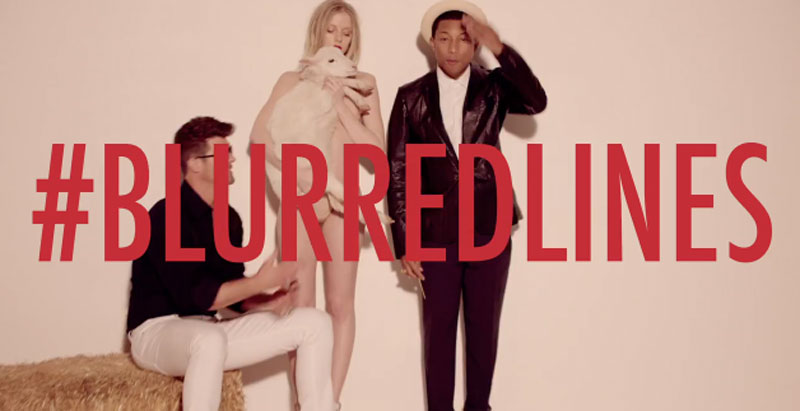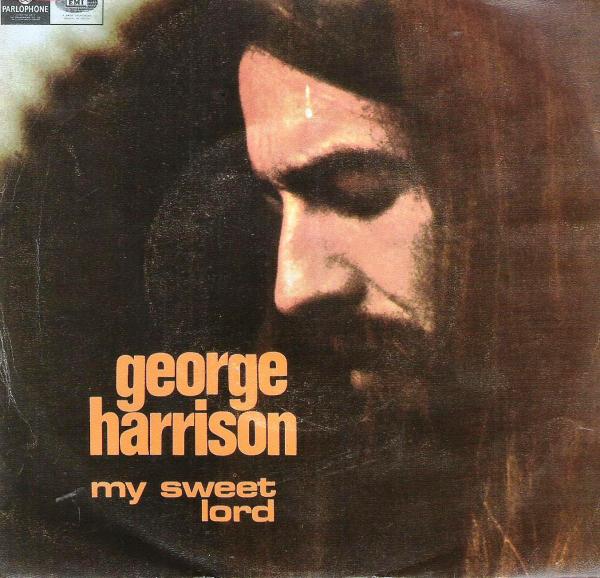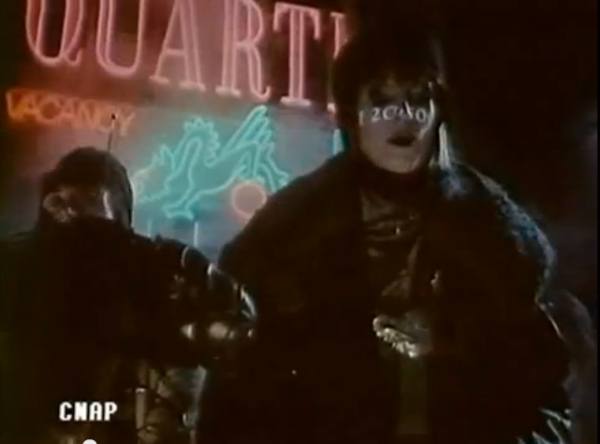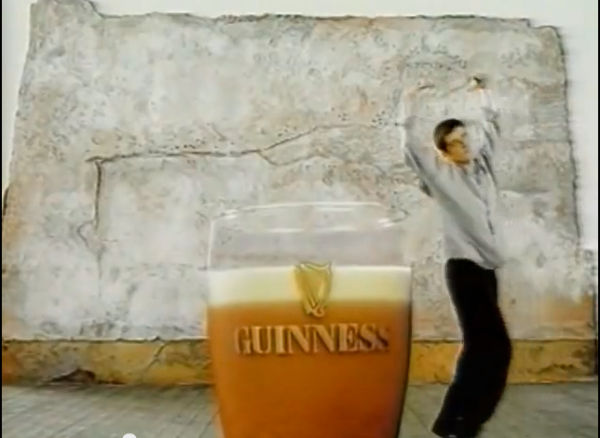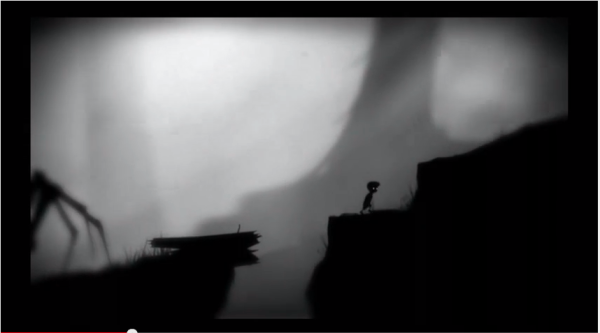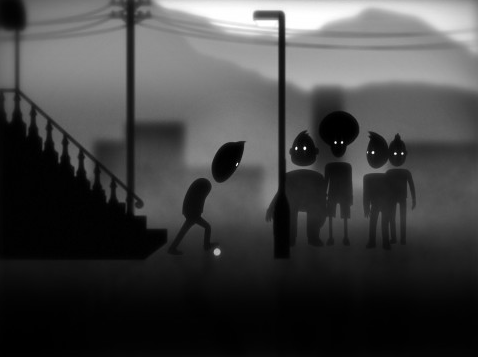This week Robin Thicke and Pharrell Williams got a slap on the wrist for ripping off Marvin Gaye’s hit ‘Got to give it up’ for their 2013 hit ‘Blurred lines’.
To the tune of $7.4 million dollars.
For anyone listening to both tracks, the similarity is unquestionable. But to a degree this happens all the time in the music world and nobody bats an eyelid. It may be my age, ( it is) but I couldn’t tell you the difference between most modern DJ’s work, the repetitive beats of house music, trance, most hip hop acts and their ilk any more than my parents could tell the difference between Led Zeppelin and Deep Purple. They allsound the same to me.
It’s official, I have become my dad.
Nevertheless, one man’s inspiration is another man’s rip off. And it seems one man’s genre is another man’s rip off too.
It’s not the first time this has happened by any means. Back in the 70’s George Harrison was sued for allegedly stealing the Chiffons ‘He’s so fine’ and using the chord structure for “My sweet Lord’ and it didn’t end well for George. (Somebody has mashed up the two tracks on this link.)
The question of creative inspiration versus outright pilfering is one that any creative person balances delicately for fear of it turning sour like an embarrassing lunge on a first date.
So when does an idea for an ad, inspired by another’s creativity, stray in to plagiarism? I ask this because there is a difference, no matter how wafer thin. And there is a clear degree of shame in passing yourself as a creative genius when all you’ve done is present the client with a you tube clip and said ‘yeah, it’ll be a bit like this with your logo at the end’.
But as John Hegarty writes in his book ‘Hegarty on Creativity’:Nothing is original, so strive for something fresh instead. After all, it’s how others respond to your ideas that counts most.
Hegarty argues that it’s the new combinations of ideas and treatments, be they film, music or whatever, and the re-purposing of them in to fresh new glittery things that lies at the heart of creativity.
But what’s legit to use and what isn’t?
For me, it’s about the order of things.
Back in the 80’s there was a campaign for Barclays bank which borrowed wholesale from Bladerunner. It won loads of awards and it’s provenance was unquestionable, it was even known as the Bladerunner campaign. But it had the rather cunning get-out clause of using Ridley Scott, director of the original film, as the director of the ads. ( looking at them again they were uncannily prophetic about the future of banking). But did the creative team come up with an idea about a dystopian future of banking and how best to realize that as the polar opposite of Barclays, or did they start with Bladerunner and reverse an idea in to it? I think the former is more likely.
Then there was this ad for Guinness in 1995.
Which at the time was the subject of a lawsuit by the director Mehdi Norowzian, at the time a newbee director trying to get a foothold, who had shot this short film called Joy.
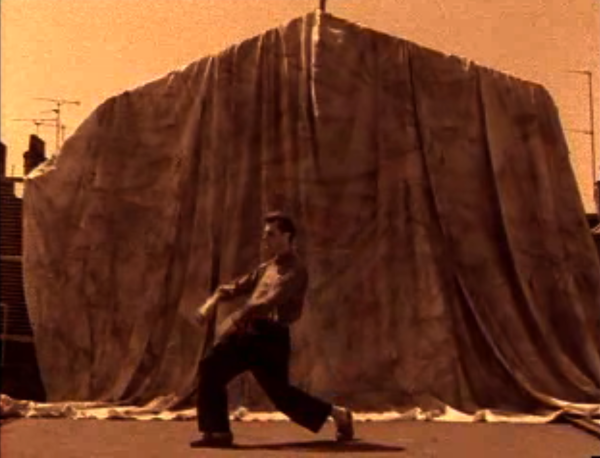
The similarity is clear and I guarantee it helped sell the idea to the client – but in the end the Judge decided that a man dancing weirdly in front of a camera was not so much plagiarism as inspiration.
Again it’s about order.
If you are trailing through video footage for an idea that’s the wrong way round to do it. If you have an idea and then think, hmmm we could do it that way or this way that seems a more acceptable process. It’s hard to know which way round it happened on that occasion but I suspect a more blurred line, and who really cares?
Either way, I think I might have asked Mehdi to shoot the commercial version, rather like Ridley, out of good manners if nothing else.
In consumer the budgets are so much more buxom than in Pharma that clients feel reassured by knowing something similar to what they are paying for has already been successfully made elsewhere. Wouldn’t you?
But even in Pharmaland the question arises. Last year’s marvelous film for Takeda by Publicis Life Brands Resolute, for Schizophrenia, called ‘The boy I used to know’ was a masterpiece in it’s own right. But in the jury I sat on, The IPA best of Health, it was the subject of debate as to whether it was just a rip off of the video game Limbo or not.
The video game ‘Limbo’
The Publicis Life Brands Resolute film for Takeda
And yes, Limbo was undoubtedly part of the creative process and inspiration. But I suspect the crucial idea first-treatment second rule was employed here.
The idea to mesh the testimony of the father of a schizophrenia patient with that kind of gloomy atmospheric imagery is what makes this something new and compelling.
The Limbo imagery on it’s own isn’t an idea in the advertising sense any more than the testimony is.
But together they fly.
In the end as creatives we all have to decide the level of inspiration we are prepared to utilize for our own and our client’s aims and how best to keep it away from just outright plagiarism. Without inspiration and feeding the mind with visual ideas and concepts, be they from movies, paintings, poems or six form plays our job would be utterly impossible. Because everything is inspiration.
In the end it’s up to our own conscience and as long as it’s great at the end maybe that is the only real test.
As Oscar Wilde said, and as Robin Thicke and Pharrell Williams might agree, “Talent borrows, genius steals”




